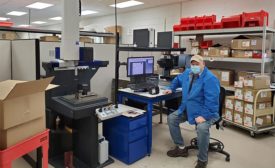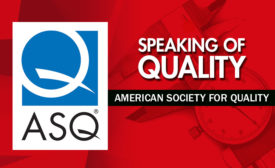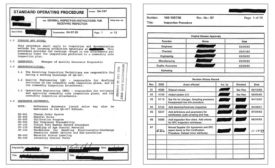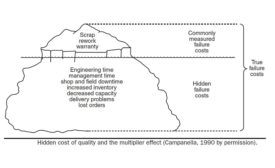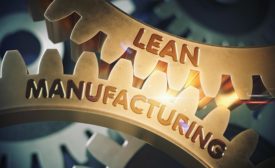Home » lean manufacturing
Articles Tagged with ''lean manufacturing''
2021 Quality Plant of the Year: Electromed, Inc.
This medical device company and essential business faced extraordinary pressure to keep up with demand while managing its own safety in a pandemic.
March 5, 2021
Developing Skills while Giving Back
ASQ's core strength is its local presence.
June 30, 2020
Lean ISO Management Systems: How to Create Lean Procedures
The objective is to eliminate or minimize waste within the process without impacting the outcomes.
May 1, 2020
The Value of Membership
Maximize the value you receive for your membership dollars.
January 8, 2020
Prevention is the Key to Reduced Quality Costs
Customer-facing processes must be designed to prevent errors and minimize cost of failure.
November 8, 2019
Visual Management Helps Improve Quality
As we practice lean, we put things like 5S and visual management tools into place.
October 8, 2019
The State of Sensors in the Industrial IoT
Better quality is possible with IO-Link and machine learning.
August 8, 2019
Stay in the know with Quality’s comprehensive coverage of
the manufacturing and metrology industries.
eNewsletter | Website | eMagazine
JOIN TODAY!Copyright ©2024. All Rights Reserved BNP Media.
Design, CMS, Hosting & Web Development :: ePublishing


